Restoration of the Baldachin and the Chair of St. Peter: A return to splendour
The scaffolding that has covered Bernini's Baldachin in St. Peter's Basilica will be removed, marking the beginning of a new era for these iconic works of art
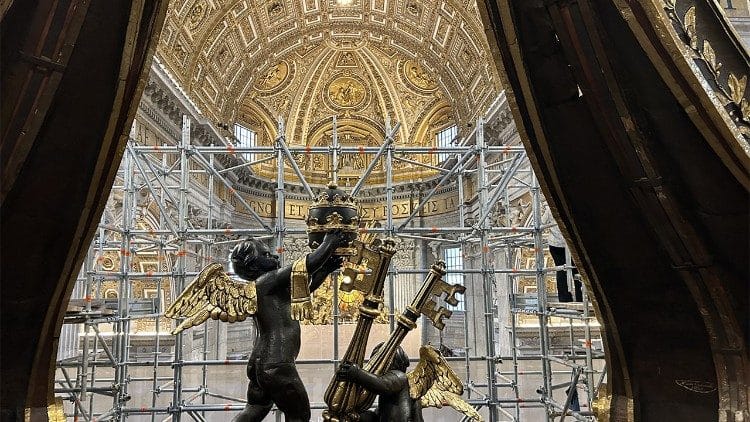
The scaffolding that has covered Bernini’s Baldachin in St. Peter’s Basilica for the past nine months is about to be removed. The restoration of this baroque masterpiece will culminate on 27 October, during the closing Mass of the Synod, presided over by Pope Francis. At this ceremony, the ancient Carolingian-era seat of the Chair, which was removed during the restorations scheduled until November, will also be temporarily displayed.
The rebirth of the Baldachin
The Baldachin of St. Peter is regaining its splendour as the Eucharistic ceremony that will mark the end of the Synod approaches. Cardinal Mauro Gambetti, archpriest of the Basilica, stressed the significance of this date, recalling that on October 27, 1986, the historic inter-religious meeting for peace in Assisi, promoted by John Paul II, took place. “Pope Francis visited the work and appreciated it very much,” said Gambetti, who also commented on the hope that this restoration will inspire a spiritual rebirth: “We should think about a restoration of our hearts and our interiority, because we often lose ourselves in the superficial and forget the essential: love.”
Preparations for the Jubilee
Father Enzo Fortunato, director of Communications for the Basilica, compared the restoration to preparations for a family wedding, where everything is cleaned and renewed. In this sense, he emphasized the interventions carried out in the Basilica in view of the upcoming Jubilee, such as the installation of a new protective glass for Michelangelo’s Pietà.
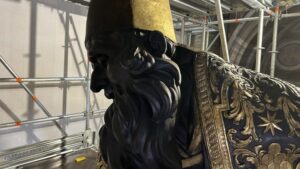 A monumental work by Bernini
A monumental work by Bernini
The Baldachin, which rises almost 29 metres on four twisted columns, is a gilded bronze monument designed by Gian Lorenzo Bernini between 1624 and 1635. The last significant restoration took place in 1758, where a team of about 60 workers collaborated for three months to restore its shine. However, over the years, a layer of dust had dulled its splendour. Engineer Alberto Capitanucci, head of the technical area of the St. Peter’s Factory, highlighted the complexity of the treatment given to the bronze, achieving a result of great lightness and depth.
A team effort
The restoration was a joint effort involving technicians, restorers, art historians and engineers, who worked closely with the Scientific Research Office of the Vatican Museums to select the most suitable materials. “It was a choral work, where everyone contributed their specific knowledge,” said restorer Giuseppe Mantella, emphasizing the importance of each stage of the process.
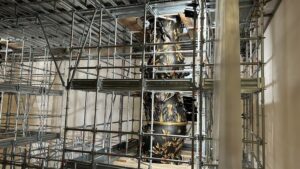 Traces of history
Traces of history
During the recent press visit to the scaffolding, visitors were able to observe the results of the restoration up close, including the refined details of the angels and the brilliance of the decorative elements designed by Bernini. During the work, interesting vestiges were found, such as graffiti and signatures of former restorers, as well as the sole of a child’s shoe who may have been learning the trade from his father.
Restoration of the Chair of St. Peter
The experience gained in the restoration of the Baldachin has facilitated the start of the restoration of the Chair of St. Peter, also a work by Bernini, carried out in 1666. This scaffolding will be dismantled in November. The ancient wooden seat, known as the Cathedra Sancti Petri Apostoli, was temporarily removed to be shown to Pope Francis and will be displayed to the public on October 27, before its return to its original place.
45A historical treasure
This ancient seat, which had not been removed from the monument for 50 years, dates back to the Carolingian era and features an ivory frieze depicting the Emperor Charles the Bald, crowned by angels in 875 in St. Peter’s Basilica. Research is underway to assess its state of preservation and could reveal new details about its history. “It is possible that this seat contains even older elements that symbolize the primacy of the Pope in the Universal Church,” concluded Pietro Zander, head of the Necropolis and Artistic Heritage section of the St. Peter’s Factory.
Related
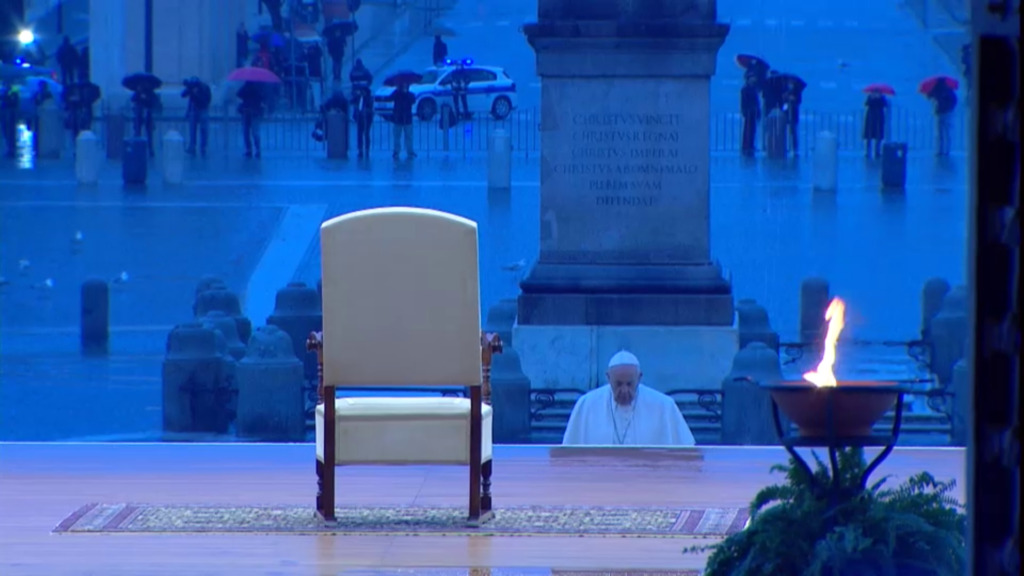
Five Years After Statio Orbis: Hope in the Midst of the Storm
Exaudi Staff
27 March, 2025
2 min
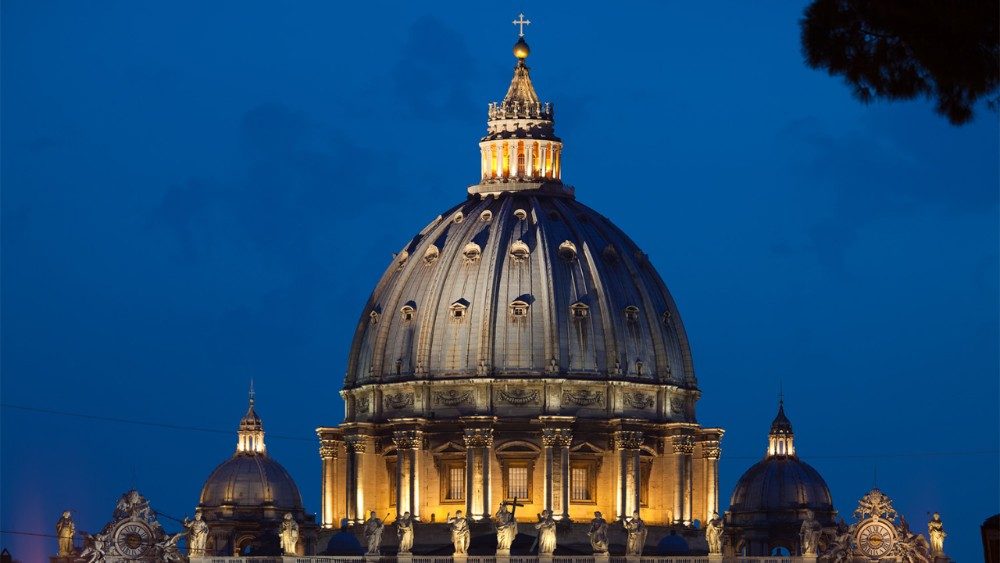
St. Peter’s Dome Will Have New Lighting for Easter
Exaudi Staff
20 March, 2025
1 min
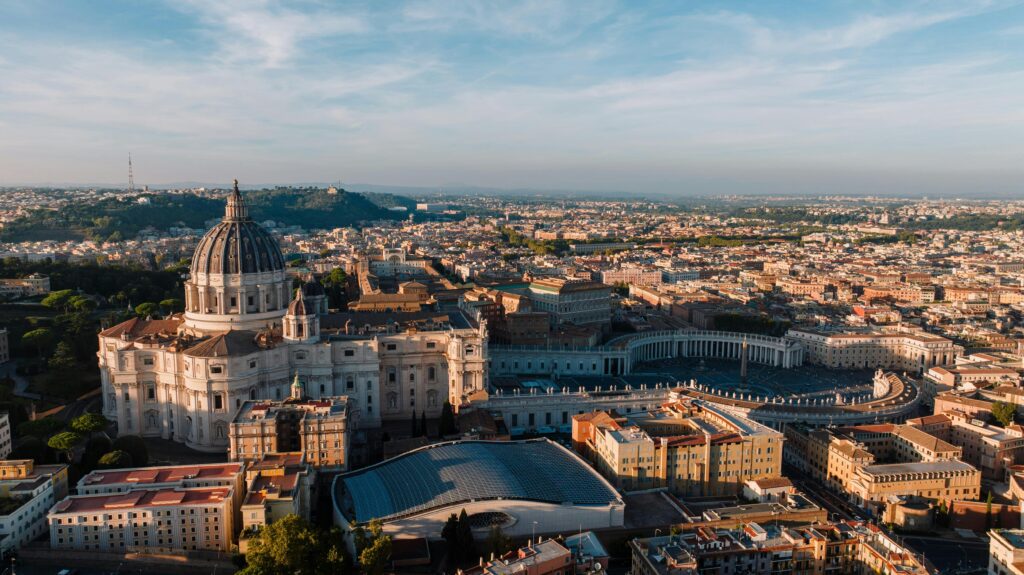
In St. Peter’s Basilica, the ancient rite of the “Statio Lenten” (Lent Station)
Exaudi Staff
17 March, 2025
2 min
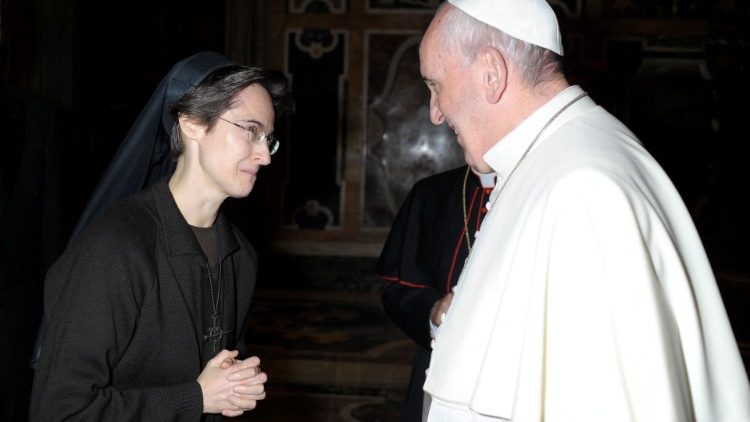
Sister Raffaella Petrini appointed as new president of Vatican Governorate
Exaudi Staff
17 February, 2025
1 min
 (EN)
(EN)
 (ES)
(ES)
 (IT)
(IT)

